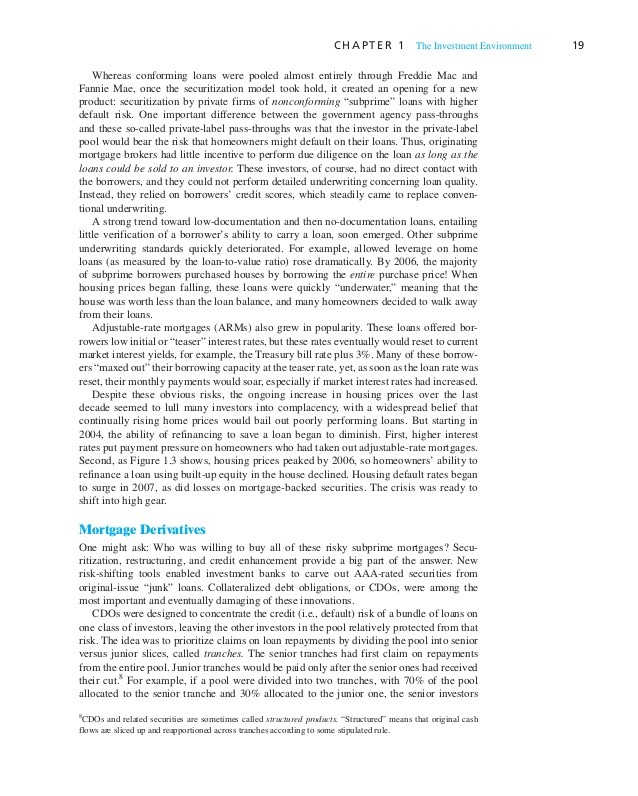Put Call Parity A Measure of Equilibrium in PutCall Transactions
Post on: 5 Июль, 2015 No Comment

Put call parity definition
Put call parity is defined as the relationship that exists between the prices of European put and call options which have the same underlying security. strike price and expiration date. The standard put call parity definition assumes that no arbitrage opportunities exist; that is, that no disparity between the put and the call prices is present that could allow profit-taking on the part of investors. In practice, when such disparities arise they are usually corrected by market action and are thus of short duration.
Put call parity explained
Essentially, put call parity is a state of financial equilibrium in which the value of the call option plus the present value of the strike price is equal to the value of the put option plus current value of the underlying security. This state of equilibrium is generally enforced by market pressures; if these two sides are not roughly equivalent, then arbitrageurs can easily make riskless profits by taking advantage of the discrepancy, thus quickly bringing the inequity back into balance once more. For example, if a put plus the current value of the stock are less in value than the call plus the present value of the strike price, a trader could buy the put side and sell the call side and lock in arbitraged profits.
Put call parity is usually only applied to European stock options with fixed expiration dates. American stock options usually include the ability for holders to exercise their options early, rendering put call parity irrelevant; however, for American stock options that prohibit the early exercise of options or in cases where those options are not exercised for other reasons, the principle of put call parity continues to prevail.
Put call parity formula
The basic formula for put call parity is derived by taking the value of the call option, or the amount paid for the call, and the cash equivalent of the strike price of the call. The resulting figure is then measured against the value of the put option and the underlying asset; for European stock options, the two figures should be in balance. Thus, the put call parity formula can be expressed as:
• Call premium + strike price / (1 + interest rate)time = Price of underlying securities + Put premium
Generally this is expressed more succinctly as:
• C + X/(1 + r)t = S + P
where C equals the value of the call premium, X equals the strike price, r equals the interest rate, t equals the duration of the investment, S equals the value of the underlying assets and P equals the value of the put premium. Essentially, this formula is suggesting that the value of a fiduciary call will equal the value of a protective put.
Put call parity and dividend yield
For American stocks, put call parity is generally not applicable due to the potential for early exercise of the options. However, the relationship between put call parity and dividend yield is an important one, since the value of dividends paid impacts the value of the call option in a major way. Specifically, as dividend payments increase, the call value decreases and vice versa; this can significantly affect the value of a call investment and alter the put call parity equilibrium, so dividend payments must be factored into any put call parity scenarios.














